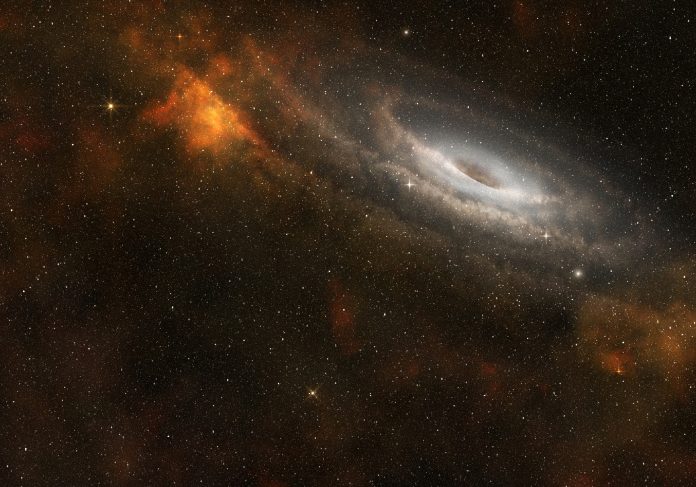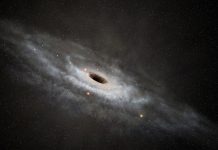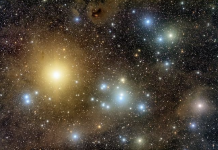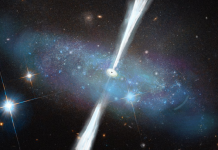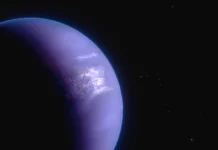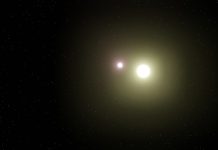By analysing data from the James Webb Space Telescope, scientists have uncovered a revelation that could reshape our understanding of the early universe
Black holes may not have formed after the emergence of the first stars and galaxies, instead, they might have played a pivotal role in birthing new stars and supercharging galaxy formation.
The cosmic evolution
The findings challenge classical theories and offer a new perspective on cosmic evolution. Lead author Joseph Silk, a professor of physics and astronomy at Johns Hopkins University and the Institut of Astrophysics, Paris, Sorbonne University, describes their research findings as monumental.
“We know these monster black holes exist at the centre of galaxies near our Milky Way, but the big surprise now is that they were present at the beginning of the universe as well and were almost like building blocks or seeds for early galaxies,” Silk explains.
Using the James Webb Telescope to map our history
The study, published in the Astrophysical Journal Letters, uses observations from the James Webb Telescope, which have revealed distant galaxies from the early universe to be much brighter than anticipated.
These galaxies exhibited unusually high numbers of young stars and supermassive black holes, challenging traditional understandings of the timeline of cosmic events.
The forming of black holes
Traditionally, it was believed that black holes formed after the collapse of supermassive stars and that galaxies emerged once the first stars illuminated the dark universe.
Silk’s team suggests a coexistence of black holes and galaxies, influencing each other’s development during the first 100 million years of existence.
“If the entire history of the universe were a 12-month calendar, those years would be like the first days of January,” says Silk, explaining the significance of this early period. The team proposes that black holes outflows crushed gas clouds, accelerating star formation and leading to the rapid brightness of these early galaxies.
Black holes, known for their immense gravitational pull, generate powerful magnetic fields that create violent storms ejecting turbulent plasma. Silk explains that these processes likely explain why the Webb telescope has detected more black holes and bright galaxies than anticipated.
“We can’t quite see these violent winds or jets far, far away, but we know they must be present because we see many black holes early on in the universe,” Silk elaborates. “These enormous winds coming from the black holes crush nearby gas clouds and turn them into stars. That’s the missing link that explains why these first galaxies are so much brighter than we expected.”
The early universe:
The team’s analysis suggests a two-phase process in the young universe. Initially, high-speed outflows from black holes accelerated star formation, followed by a slowing down of these outflows.
This transition led to gas clouds collapsing due to supermassive black hole magnetic storms, resulting in the birth of new stars at an unprecedented rate.
As future observations with the Webb telescope promise more precise data, Silk anticipates these findings will shed further light on the universe’s evolution.
“The big question is, what were our beginnings?” Silk ponders. “Within a year we’ll have so much better data, and a lot of our questions will begin to get answers.”


